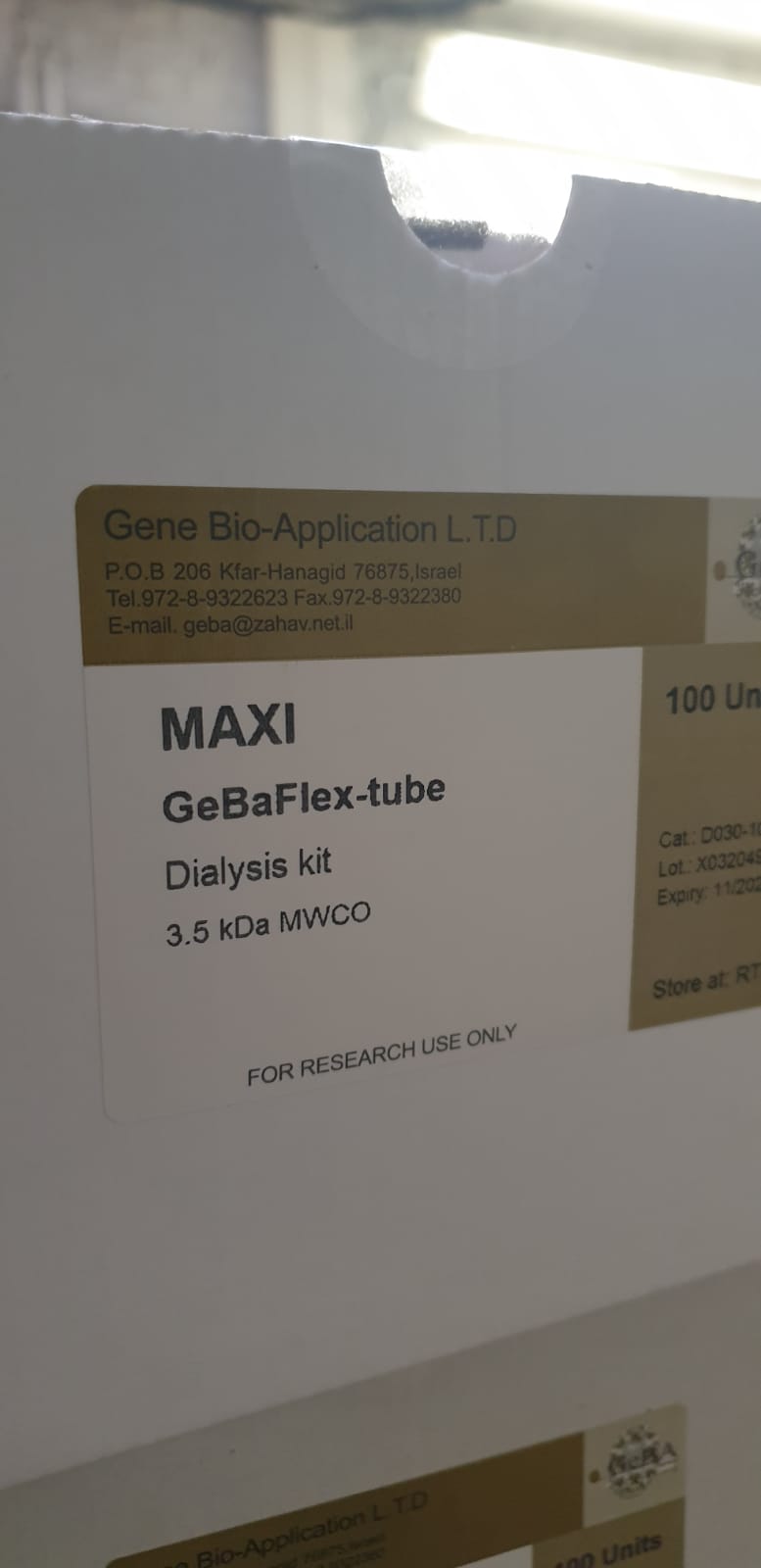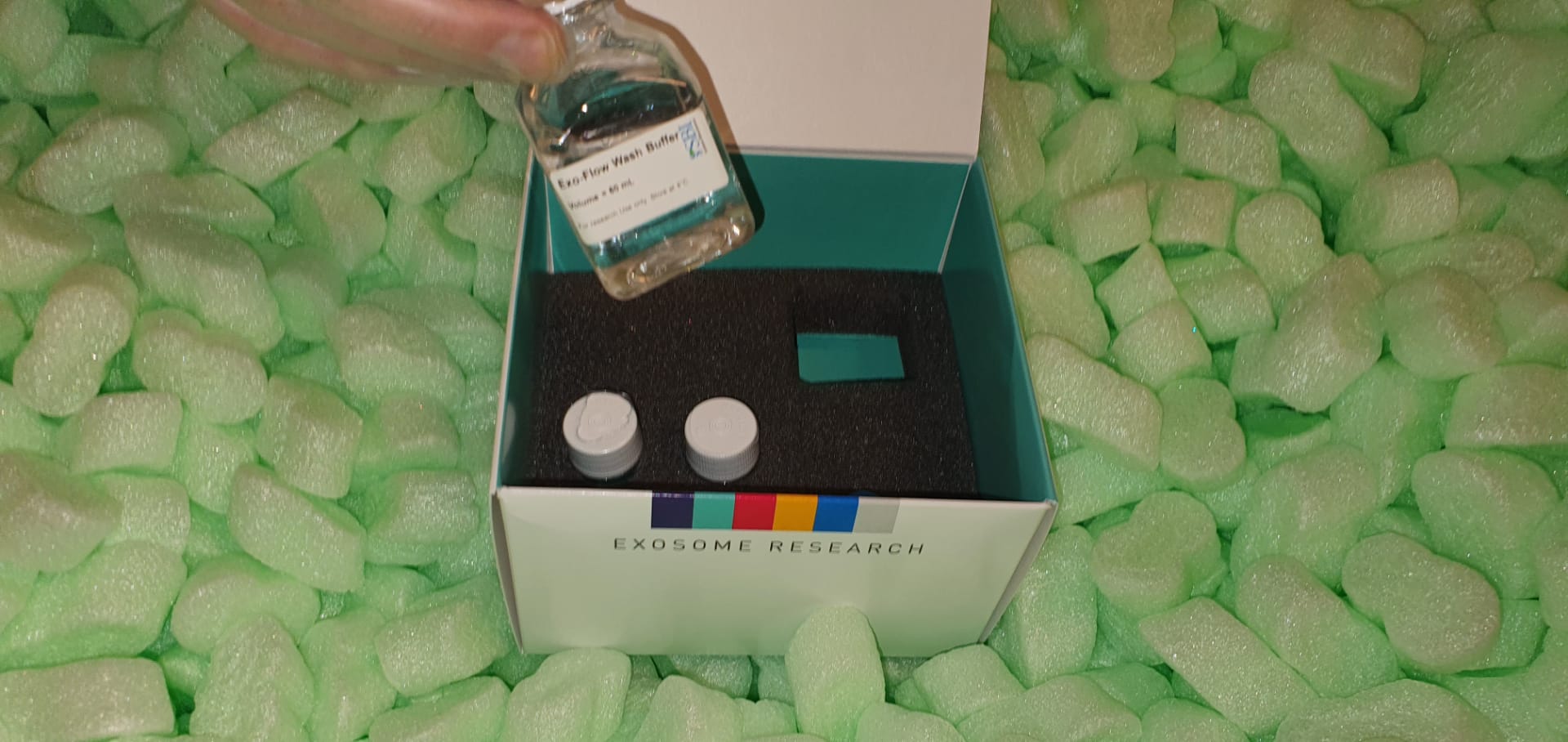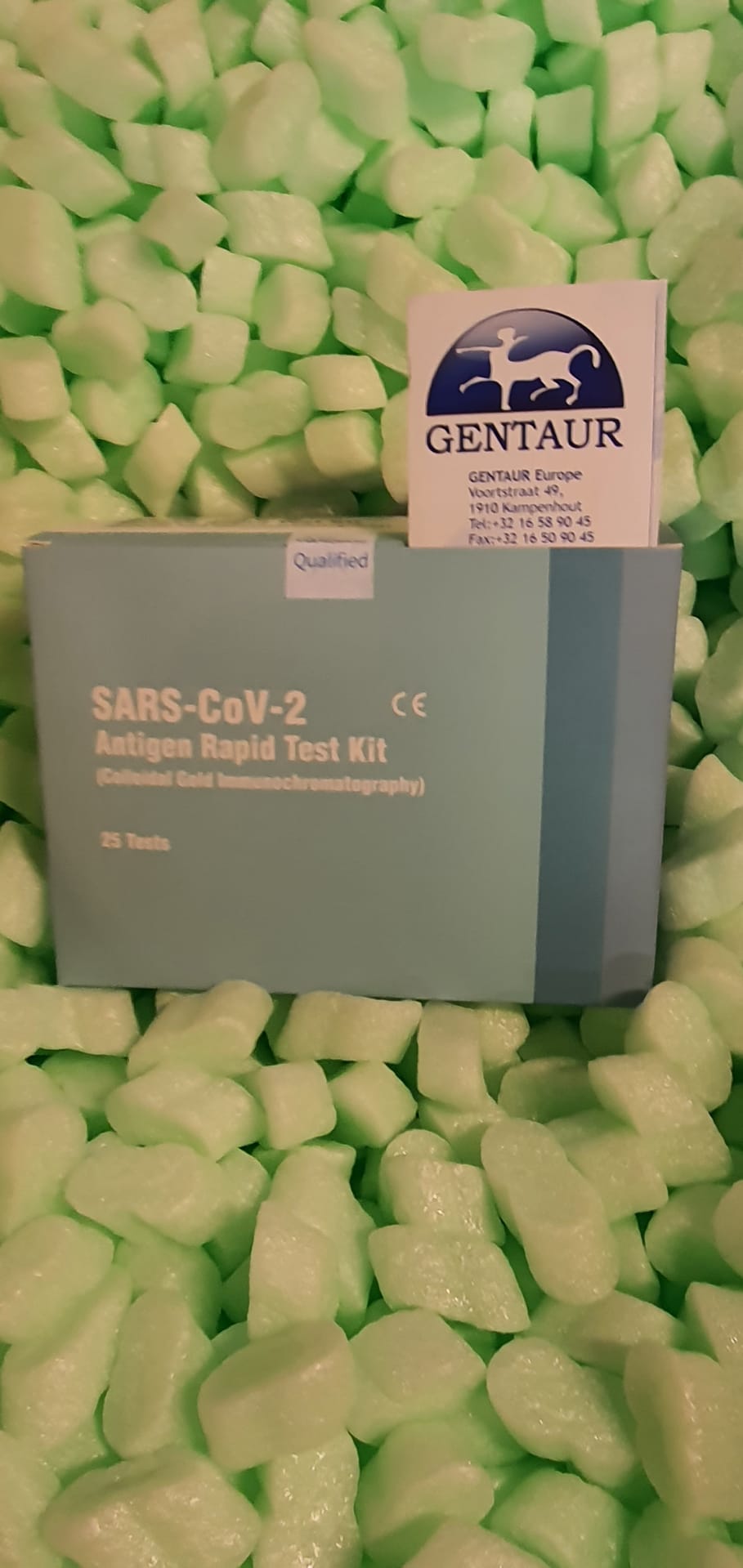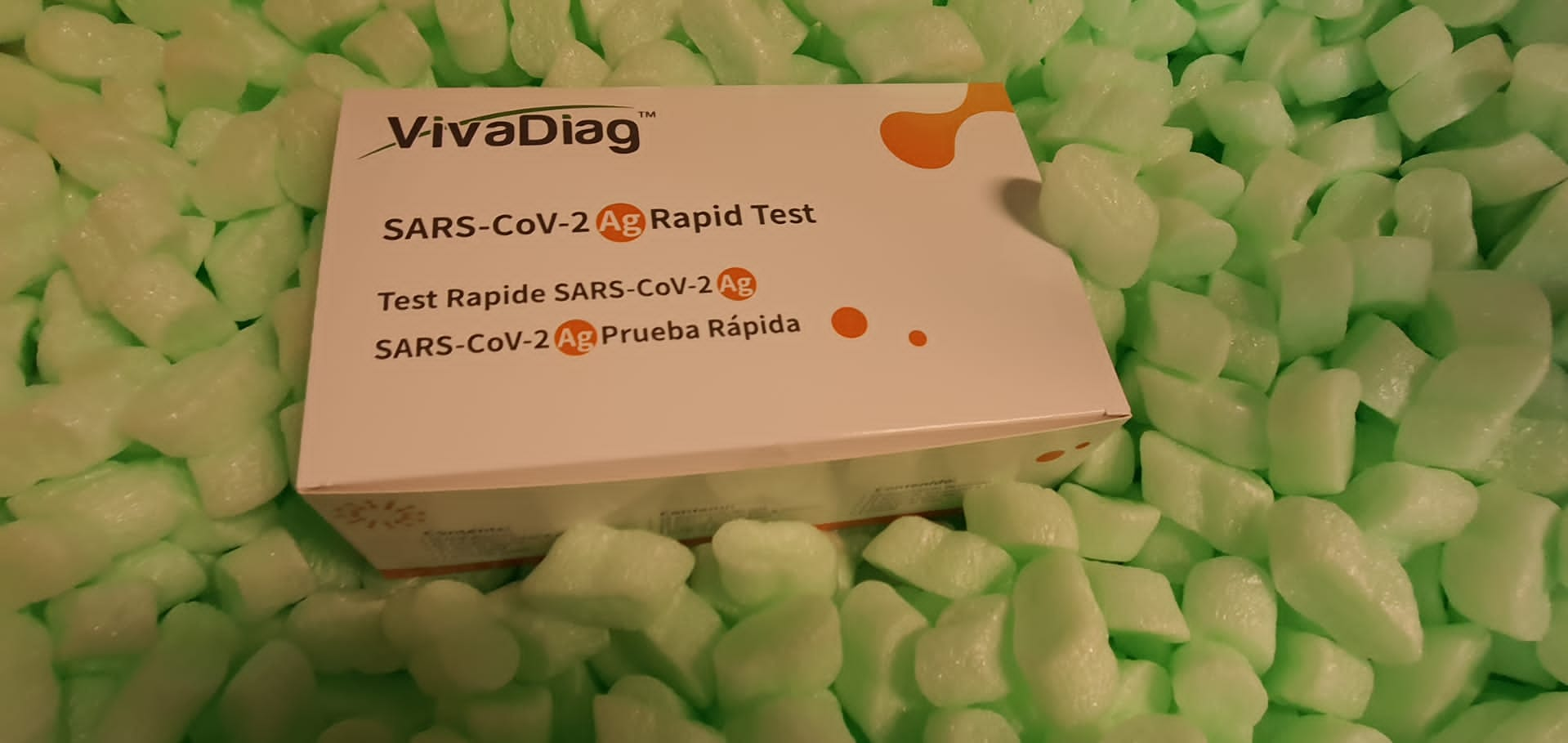The signaling response of TLR2 to ligands has all the time been as a homodimer or in heterodimerization with TLR1/TLR6. The Toll/Interleukin-1 Receptor (TIR) domain of the TLR cytoplasmic area regulates the dimerization and interactions with adaptor molecules to construct an lively signaling advanced. To perceive the conservation of functionality of the TLR2-heterodimers between the distantly associated species human(h) and mice(m), the sample of TIR-TIR interplay in heterodimers has been studied by the sequence-structural level of view.
Comparative evaluation of major sequence and structural sample of TLRs(1/2/6) corroborates increased sequence homology between TLR1 and TLR6. Molecular docking evaluation of TLR2-TLR1 and TLR2-TLR6 cytoplasmic dimers in each mouse and human have recognized that for interplay the BB loop/near-BB loop residues of TLR2 are concerned with the near-DD loop of TLR1 and DD loop residues of TLR6 inside the TIR domains, which can trigger to differential signaling.
Molecular dynamics simulation of dimers for each human and mice species acknowledge secure interface between near-BB/BB loop area of TLR2 and discrete near-DD and DD loop area of TLR1 and TLR6 respectively. The noticed dimerization sample in each the species is additional supported by Alanine scanning mutation research. However, Solvent Accessible Surface Area (SASA) of BB and DD loop areas of the cytoplasmic monomers and the heterodimers means that whereas TLR2 BB loop is actively related as the dimer interface with its heterodimer companions in each the species, the DD loop acts as the lively interfacing area in hTLR1 and mTLR6. Communicated by Ramaswamy H. Sarma.
High-capacity poly(<em>2</em>-oxazoline) formulation of <em>TLR</em> 7/eight agonist extends survival in a chemo-insensitive, metastatic mannequin of lung adenocarcinoma
About 40% of sufferers with non-small cell lung most cancers (NSCLC) have stage IV most cancers at the time of analysis. The solely viable therapy choices for metastatic illness are systemic chemotherapy and immunotherapy. Nonetheless, chemoresistance stays a significant trigger of chemotherapy failure. New immunotherapeutic modalities comparable to anti-PD-1 immune checkpoint blockade have proven promise; nevertheless, response to such methods is very variable throughout sufferers.
Here, we present that our distinctive poly(2-oxazoline)-based nanomicellar formulation (PM) of Resiquimod, an imidazoquinoline Toll-like receptor (TLR) 7/eight agonist, had a superior tumor inhibitory impact in a metastatic mannequin of lung adenocarcinoma, relative to anti-PD-1 remedy or platinum-based chemotherapy.
Investigation of the in vivo immune standing following Resiquimod PM therapy confirmed that Resiquimod-based stimulation of antigen-presenting cells in the tumor microenvironment resulted in the mobilization of an antitumor CD8+ immune response. Our research demonstrates the promise of poly(2-oxazoline)-formulated Resiquimod for treating metastatic NSCLC.
β-arrestin <em>2</em> quenches <em>TLR</em> signaling to facilitate the immune evasion of EPEC.
The protein translocated intimin receptor (Tir) from enteropathogenic Escherichia coli shares sequence similarity with the host mobile immunoreceptor tyrosine-based inhibition motifs (ITIMs). The ITIMs of Tir are required for Tir-mediated immune inhibition and evasion of host immune responses. However, the underlying molecular mechanism by which Tir regulates immune inhibition stays unclear.
Here we demonstrated that β-arrestin 2, which is concerned in the G-protein-coupled receptor (GPCR) sign pathway, interacted with Tir in an ITIM-dependent method. For the molecular mechanism, we discovered that β-arrestin 2 enhanced the recruitment of SHP-1 to Tir.
The recruited SHP-1 inhibited Okay63-linked ubiquitination of TRAF6 by dephosphorylating TRAF6 at Tyr288, and inhibited Okay63-linked ubiquitination and phosphorylation of TAK1 by dephosphorylating TAK1 at Tyr206, which reduce off the downstream sign transduction and subsequent cytokine manufacturing. Moreover, the inhibitory impact of Tir on immune responses was diminished in β-arrestin 2-deficient mice and macrophages. These findings recommend that β-arrestin 2 is a key regulator in Tir-mediated immune evasion, which might function a brand new therapeutic goal for bacterial infectious illnesses.
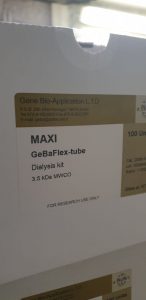
Crocin protects in opposition to cardiotoxicity induced by doxorubicin by <em>TLR</em>-<em>2</em>/NF-κB sign pathway in vivo and vitro.
Doxorubicin (DOX) is broadly used to deal with a number of of tumors, however its scientific trials are allied with some severe antagonistic occasions primarily cardiac useful abnormalities. So the goal of our investigation is to establish the cardioprotective motion of crocin (CRO), a pure compound derived from saffron, in opposition to DOX-induced cardiotoxicity. CRO was injected intraperitoneally (i.p.) to rats for sixconsecutive days and DOX (i.p.) was administered on the fourth day.
H9c2 cells have been handled with DOX for 24 h after being pre-treated by CRO for two h. CROreduced tachycardiaand J-point elevation,decreased the levelsof serum creatine kinase, lactate dehydrogenase,glutamic-oxalacetic transaminase and glutamic-pyruvic transaminase.CRO exerted optimistic impact on DOX-induced ROS productionand adjustments of oxidative stress biomarkers. CRO significantly decreased intracellular Ca2+ focus andincreased mitochondria membrane potentialin H9c2 cells.
CRO additionally resisted the DOX-induced excessive expressionof tumor necrosis factor-αand interleukin-6, inhibitedapoptosisand improved the irregular expression ranges of Bcl-2, Bax and Caspase-Three proteins.CRO clearly restrained DOX-mediatedhigh expression of toll-like receptor-2 (TLR-2) and nuclear issue kappa-B (NF-κB) in ventricular tissue. Inbrief,CRO distinctly restrained DOX-mediated cardiotoxicity by inhibiting oxidative stress, irritation, apoptoticandredressingcardiomyocyte calcium dyshomeostasis and mitochondria injury.These cardioprotective results might berelated intently with the TLR2/NF-κB pathway.
Association of Toll-like receptor (<em>TLR</em>) <em>2</em>, Three and 9 genes polymorphism with prostate most cancers danger in North Indian inhabitants.
Prostate most cancers (PCa) is the commonest most cancers amongst males. It has been recommended that toll like receptors (TLRs) might contribute to PCa pathogenesis by stimulating prostate epithelial cell proliferation in response to infectious stimuli. We carried out case management research to research the genetic variants of TLR2, Three and 9 gene polymorphisms with PCa danger in a North Indian inhabitants. For this research we genotyped age matched, unrelated 195 PCa sufferers and 250 wholesome controls of related ethnicity in a case-control research.
They have been genotyped for TLR2 (-196 to -174 Del), TLR3 (c.1377C/T) [rs3775290] and TLR9 (G2848A) [rs352140] gene polymorphisms utilizing polymerase chain response and restriction fragment size polymorphism technique. Variant allele Del (D) carriers i.e. (ID + DD) of TLR2 (-196 to -174 Del) SNP, demonstrated 1.57 fold elevated danger (p = 0.040; OR = 1.57, 95% CI = 1.02-2.24) as in comparison with Ins (I) allele, suggesting a dominant impact mannequin concerned in the danger of this polymorphism in PCa.
[Linking template=”default” type=”products” search=”Anti- TLR11 Antibody” header=”3″ limit=”176″ start=”4″ showCatalogNumber=”true” showSize=”true” showSupplier=”true” showPrice=”true” showDescription=”true” showAdditionalInformation=”true” showImage=”true” showSchemaMarkup=”true” imageWidth=”” imageHeight=””]
However, variants of TLR3 and 9 gene polymorphisms weren’t related to PCa danger. Our outcomes recommended the low penetrance variant of TLR2 (-196 to -174 Del) to be at elevated PCa danger in North Indian inhabitants. Functional research in ethnically numerous populations might present a extra complete involvement of innate immunity in figuring out the disease-associated variants for PCa etiology.

